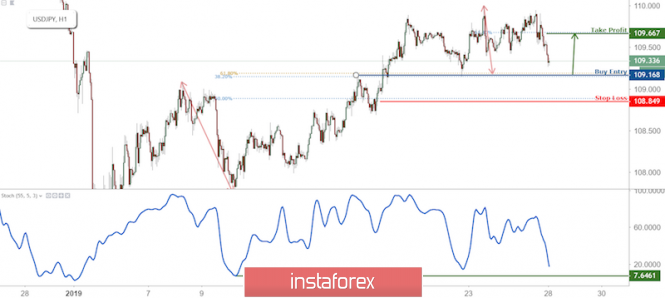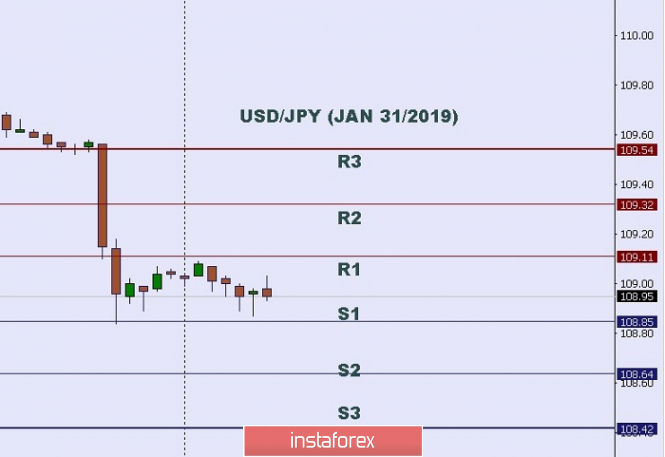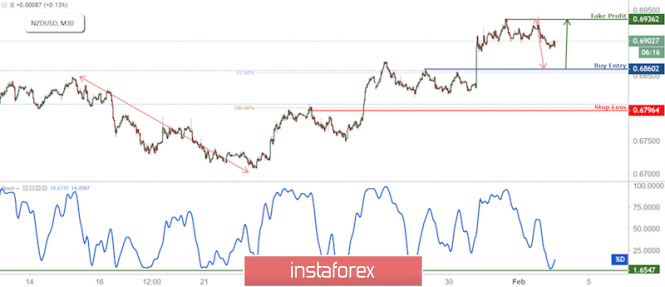The January meeting of the ECB: too dovish expectations may bring down the bears of EUR/USD
The euro/dollar pair this week shows almost no signs of life: any attempts to grow or decline are stopped at the root. The 14 figure is not available to the EUR/USD bulls, and the bears cannot hold the pair below the 1.1350 mark. Everyone is waiting for the main event of this week – the January meeting of the ECB, which will take place tomorrow. Mario Draghi will either knock out the single currency or give it a chance for a corrective recovery. Despite the general negative attitude, both options have a chance to live - to one degree or another.
The vast majority of experts are confident that the ECB head will take a very soft position tomorrow, given his previous rhetoric and the decline in key macroeconomic indicators. Indeed, last week, Draghi said that the incoming data is weaker than the ECB forecasts, and this fact confirms the feasibility of the accommodation policy. These words came amid the release of German data, which showed a slowdown in Germany's largest economy.
Thus, the German GDP index last year grew by only 1.5% - this is the weakest result in the last five years. For comparison - in 2017, this indicator was released at the level of 2.2%. Here again, we can talk about the echoes of the US-China trade war, since China is one of the main trading partners of Germany. Therefore, following the economy of China, the German economy is also declining. According to experts, the slowdown in Europe's largest economy will inevitably affect the growth dynamics in the rest of the EU countries and the eurozone as a whole.
Mario Draghi during his press conference may focus on this fact, especially against the background of slowing inflation and GDP in the eurozone. But in my opinion, the situation is not as critical as many try to present it. Indeed, despite the difficult conditions and the ongoing trade conflict between China and the United States, the German economy was able to avoid a technical recession and showed weak, but still growth. Of course, Draghi, in the course of his communication with journalists, may recall Germany in a negative context, but the text of the accompanying statement will surely contain a statement about balanced risks (and this is much more important for traders).
In general, too "dovish" expectations may bring down the bears of EUR/USD/. At the moment, the market does not expect any "hawkish" hints from Draghi - the general opinion is that the interest rate will not be increased until 2020, and this year the program of long-term financing will be resumed. The previous TLTRO program ends in the middle of next year, however, the banking sector will already need liquidity this year. As the minutes of the last meeting of the ECB showed, regulators raised this topic in December, so tomorrow Draghi can make clearer comments on this issue.
As for the prospects of interest rates, here Mario Draghi is unlikely to take a clear position. At the moment, there are too many uncertain factors that do not make it possible to talk about long-term prospects - neither in the context of "for", nor in the context of "against". Brexit, trade negotiations between Beijing and Washington, prospects for the Chinese/world economy, elections to the European Parliament, the dynamics of the oil market and ultimately the level of domestic consumer demand — these circumstances will not allow Draghi to think too far, assessing the possibility of tightening monetary policy. Most likely, he will disguise his answer with vague phrases that monetary policy will depend on incoming data, and it is not advisable to talk about this earlier this fall, given the trend of incoming data. By the way, such a position can play into the hands of EUR/USD bulls, as it does not exclude an increase in the interest rate in the framework of the current year, while the market has already "put up with" the reference point for 2020.
Thus, the totality of macroeconomic factors suggests that the regulator tomorrow will take a soft, but very "obscure" position. The ECB probably will not talk about shifting risk balances, keeping a waiting position until the next meeting, which will be held in March. In my opinion, the market is now too "twisted" by the fact that Draghi will voice too pessimistic estimates - if these expectations are not met, the European currency can get quite strong support.
In technical standpoint, the situation is as follows. The EUR/USD bulls need to break the mark of 1.1440 to confirm their dominance. In this case, the Ichimoku Kinko Hyo indicator will generate a bullish Parade of Lines signal, which will open the way to the top line of the Bollinger Bands indicator - the mark of 1.1525. The support level is at 1.1310 - this is the bottom line of the Bollinger Bands on the daily chart.
Analysis are provided byInstaForex.


 3Likes
3Likes LinkBack URL
LinkBack URL About LinkBacks
About LinkBacks






 Reply With Quote
Reply With Quote




Bookmarks